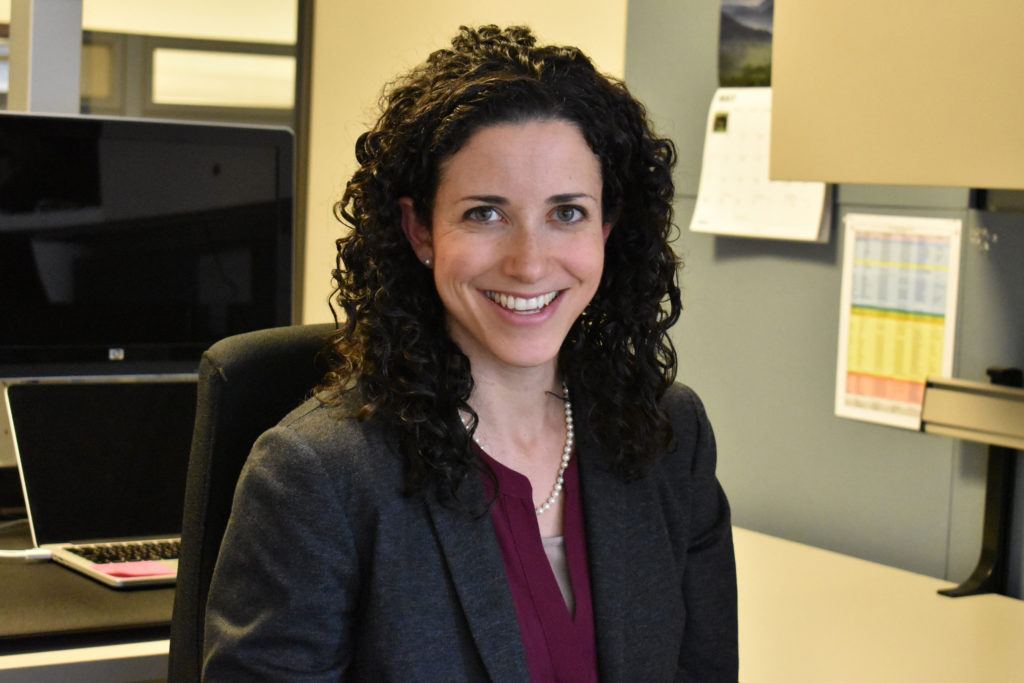Researchers received $1.2 million to develop a model that estimates how fine particulate pollution affects human health, according to a release from the Milken Institute School of Public Health last week.
The research team – led by Susan Anenburg, an associate professor of occupational and environmental health – is developing an air quality prediction model to help policymakers identify and implement tactics to address air pollution. Pollution experts said the model will help researchers mitigate the effects of air pollution, which can cause diseases like lung cancer and chronic obstructive pulmonary disease.
Anenberg said the air quality model will enhance the efforts of C40 cities, an organization of 94 cities working to combat climate change.
“Our new air quality model will enhance C40’s climate action planning tool by also providing information about the local air quality and public health improvements that could be realized by implementing these carbon reduction measures,” Anenberg said in an email.
Anenberg said the air quality model will simulate how different efforts to reduce emissions will affect air pollution levels. She said the estimates from the model will help researchers understand what actions cities need to take to reduce carbon emissions and predict how improved air quality will decrease instances of premature mortality.
“Understanding the local air quality and health benefits of taking action to reduce greenhouse gases is important because the climate benefits would be felt globally and over centuries, while the air quality and health co-benefits would be felt locally and more immediately,” Anenberg said.
Anenberg said the research team will work with researchers at the University of Washington, University of Colorado Boulder and OrbisAir – a group whose aim is combatting pollution – to develop and test the air quality model. She said the team will build the model based on the “best current understanding” of how emissions react in the atmosphere.
Anenberg led a study this summer estimating how air pollution affects heart and lung disease rates in urban populations across the globe.
Pollution experts said the research team’s air quality model will indicate which are the most effective methods of decreasing pollution, benefiting communities close to industrial centers and areas with high traffic pollution.
Ronald Cohen, a professor of earth and planetary sciences at the University of California Berkeley, said particulate pollution research typically fixates on how fine particulates cause lung and cardiac-related illnesses, like chronic obstructive pulmonary disease. Cohen said air pollution researchers have recently observed higher particle concentrations in poorer communities exposed to industrial pollution.
He said air quality models allow researchers to predict the efficacy of taking steps to reduce certain pollutants, like carbon dioxide and aerosols, and mitigate climate change.
“Aerosol is high enough in lots of places that we’re spending a disproportionate amount of money on public health to help sick people,” Cohen said. “We would rather those people were healthy and working, instead of sick because of the air they’re breathing.”
Marissa Baker, an acting assistant professor of environmental and occupational health sciences at the University of Washington, said the research team’s model will influence policymakers to institute greenhouse gas mitigation policies that will decrease urban communities’ exposure to pollution.
“If you have that really granular data, and you’re able to point to a particular city and say, ‘Hey, this area is worse off than this area across the bridge,’ then maybe you can get the city to think about how can we mitigate at the city level,” she said. “Anything that a city can do is valuable.”
She said urban air quality can differ by zip code based on proximity to particular factories or roads. Baker added that exposure to high levels of particulate pollution can decrease life expectancy.
“We know that it can differ rapidly within the same city,” Baker said. “And we also don’t really have a lot of good ways of managing some of those kinds of hotspots and urban areas that are particularly susceptible.”
Patricia Koman, a faculty research program manager at the University of Michigan, said the model can identify policy changes – like mandating a minimum distance between “congested” highways and residential areas – to mitigate the influence of particulate pollution on human health.
“Small amounts of pollution could have really widespread public health concerns, and it’s something that we can do something about,” Koman said.




